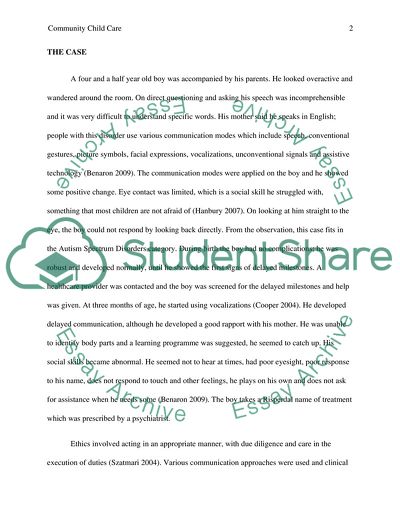Cite this document
(Behavior and Needs of Children with Autism Syndrome Deficiency Case Study, n.d.)
Behavior and Needs of Children with Autism Syndrome Deficiency Case Study. Retrieved from https://studentshare.org/psychology/1625175-community-child-care
Behavior and Needs of Children with Autism Syndrome Deficiency Case Study. Retrieved from https://studentshare.org/psychology/1625175-community-child-care
(Behavior and Needs of Children With Autism Syndrome Deficiency Case Study)
Behavior and Needs of Children With Autism Syndrome Deficiency Case Study. https://studentshare.org/psychology/1625175-community-child-care.
Behavior and Needs of Children With Autism Syndrome Deficiency Case Study. https://studentshare.org/psychology/1625175-community-child-care.
“Behavior and Needs of Children With Autism Syndrome Deficiency Case Study”, n.d. https://studentshare.org/psychology/1625175-community-child-care.


